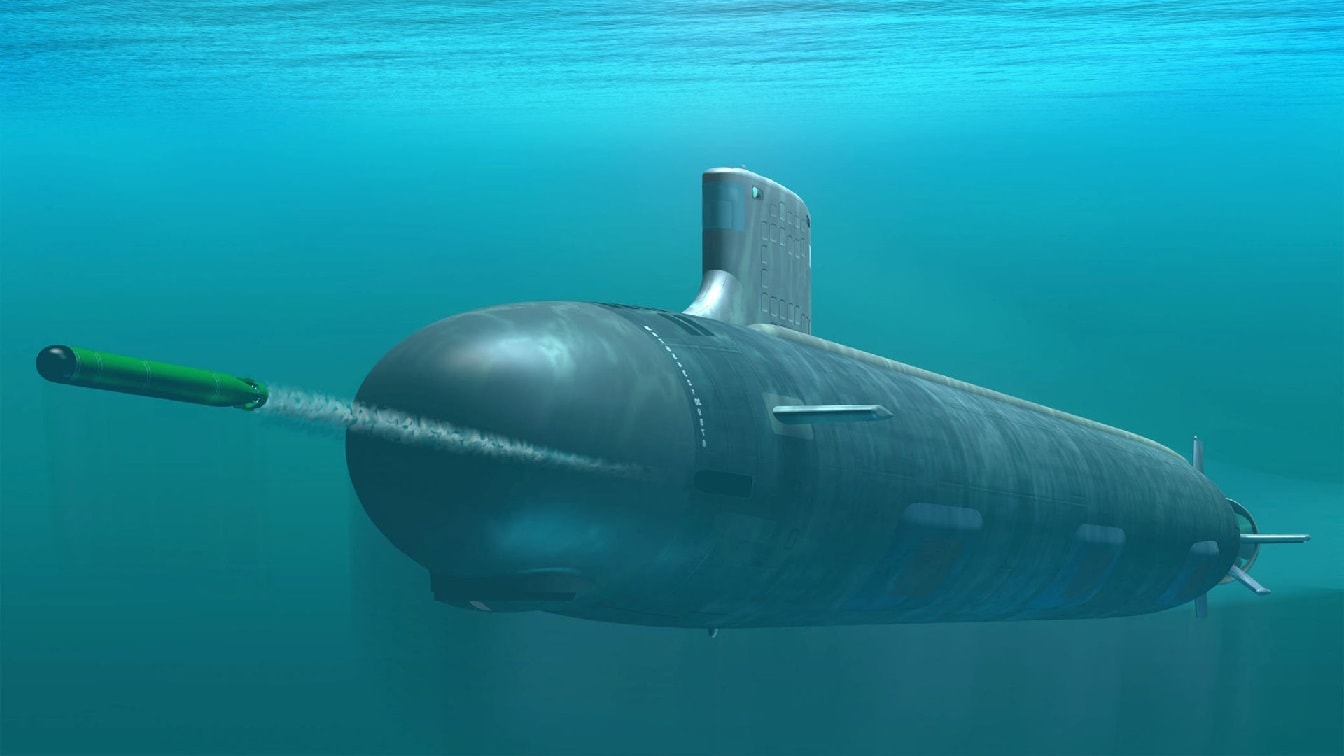Last spring, the U.S. Navy commissioned its third Block IV Virginia-class submarine. The introduction of the Montana coincides with the retirement of a growing number of older Los Angeles-class submarines.
As tensions continue to ramp up in international waters, specifically in the South China Sea, the Navy’s fleet of submarines will become more prominent in America’s sea-based defense apparatus.
The Navy possesses a variety of sea-vessels designed to accomplish a range of missions including anti-surface and anti-submarine warfare, intelligence gathering, Special Forces support and reconnaissance. Virginia-class Block IV ships remain a critical component of the Navy’s arsenal of vessels.
These fast attack submarines have ample firepower, impressive situational awareness among other significant capabilities.
A brief history of the Virginia-class
Initially conceptualized in the early 1990’s under the codename “Centurion,” the Virginia-class SSNs would be the first U.S. warships to be designed using 3D visualization technology. While taking this route to construct the ships was meant to streamline the production process and limit potential issues, design problems ultimately ensued nonetheless. The Virginia-class SSNs were created to replace the costly Seawolf-class submarines, whose production was nixed following the construction of just three of these boats.
Engineers were able to shave off nearly one billion dollars off the Virginia-class’ production costs by utilizing “commercial off-the-shelf” components in addition to the general improvements in shipbuilding technologies. The first Virginia-class ship was constructed in 2001 by Newport News Shipbuilding and the General Dynamics Electric Boat company. These two shipyards remain the sole engineers behind the Virginia-class production line since they are the only facilities capable of building nuclear-powered SSNs.
Specs and capabilities
Over the years, four variants of the Virginia-class have emerged, each successive grouping sporting new enhancements. The majority of the 21 Virginia-class SSNs that have entered service with the Navy are from the earlier Blocks I, II and III. Last year’s introduction of the Montana vessel represents only the third Block IV variant to hit the waters. While all the earlier classes feature important capabilities, the Block IV variants are special. The Block IV SSNs displace almost 8,000 tons with a hull length of 377-feet. These nuclear-powered ships can dive to more than 800-feet and can reach top speeds of roughly 25-knots.
What makes the Block IV SSNs stand out?
While much of the boat’s capabilities are classified, according to Naval News, “Block IV submarines (SSNs 792 to 801) incorporate design changes focused on reduced total ownership cost (RTOC). By making these smaller-scale design changes to increase the component-level lifecycle of the submarine, the U.S. Navy will increase the periodicity between depot maintenance availability and increase the number of deployments.”
These SSNs feature a fly-by-wire ship control system that allows for improved shallow-water ship handling. The Block IV variant also stands out since they were designed to deploy special operation forces including Navy SEALS with its reconfigurable torpedo room.
The latest Virginia-class Block V variant will sport the Virginia Payload Module, which will allow this newer variant to adapt to a seabed warfare role. Considering the recent attack on Russia’s Nord Stream 1 and Nord Stream 2 underwater pipelines, this asset appears paramount to contend with future sea-based conflicts.
MORE: Joe Biden Won’t Send F-16 Fighters to Ukraine
MORE: Why Putin Should Fear the F-16 Fighter
Maya Carlin, a Senior Editor for 19FortyFive, is an analyst with the Center for Security Policy and a former Anna Sobol Levy Fellow at IDC Herzliya in Israel. She has by-lines in many publications, including The National Interest, Jerusalem Post, and Times of Israel. You can follow her on Twitter: @MayaCarlin.

